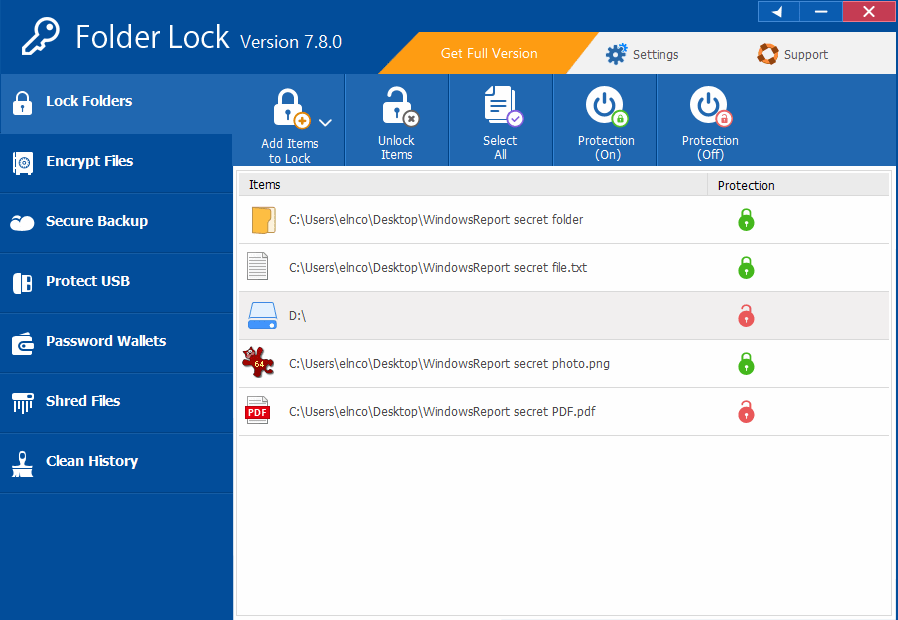
To ensure that a target will retain internet and network access, certain files are excluded from encryption while others are appended with a. When the location of data has been determined on a target host, the files within a host’s directories are queried. Determining a host’s disk type allows the location of data sources to be discovered and increases the reach of the ransomware code. Services and processes associated with backup programs, virus scanning programs, etc., are terminated before data encryption begins.Īfter necessary services and processes are terminated, the code then determines the disk type of the host target. When the Babuk Locker ransomware payload is executed, it starts by suspending the services and processes that would hinder the code’s ability to encrypt data.

According to, in 2020 alone, ransomware attacks were up 62 percent from the previous year. Since many targets of ransomware are willing to make payments to attackers, the frequency of ransomware attacks has exploded. As a result, when ransomware denies a victim access to critical data, they are often willing to pay a ransom. Decryptor keys allow a victim’s encrypted files to become accessible. After an attacker successfully leverages ransomware, the attacker uses the promise of a decryptor key to get victims to pay a ransom. It is leveraged by cyber attackers to deny victims access to their network data via encryption processes. Ransomware is a type of malware that targets the data of victims. Understanding the Babuk Locker gang requires an understanding of what ransomware is. And despite the group recently announcing its retirement from ransomware-focused attacks, its growth as a cybercrime gang is far from over. 4778 - A session was reconnected to a Window Station.Įvents 48 are not audited by default, and must be enabled using either Local Group Policy Editor ( gpedit.msc) or Local Security Policy ( secpol.msc).Since its inception, Babuk Locker’s ransomware code has proven to be highly effective.

4779 - A session was disconnected from a Window Station.

When using a Terminal Services session, locking and unlocking may also involve the following events if the session is disconnected, and event 4778 may replace event 4801: 4648 - A logon was attempted using explicit credentials.4624 - An account was successfully logged on.Locking and unlocking a workstation also involve the following logon and logoff events: For newer versions of Windows (including but not limited to both Windows 10 and Windows Server 2016), the event IDs are:


 0 kommentar(er)
0 kommentar(er)
